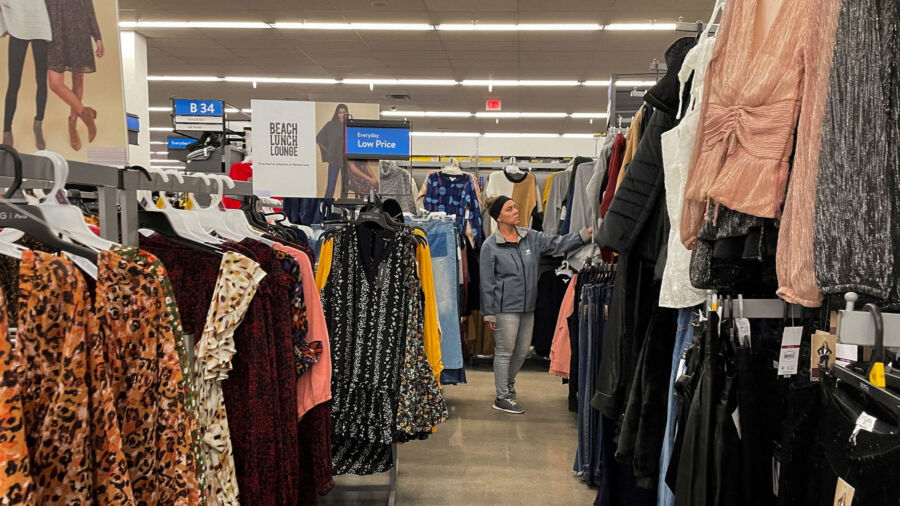WASHINGTON—U.S. retail sales fell in February as purchases of motor vehicle purchases and other goods slumped, payback after the prior month’s outsized increase, but consumer spending continued to show underlying strength.
The Commerce Department said on Wednesday that retail sales dropped 0.4 percent last month. Data for January was revised higher to show retail sales rising 3.2 percent instead of 3.0 percent as previously reported. Economists polled by Reuters had forecast sales would fall 0.3 percent, with estimates ranging from a 1.0 percent decline to a 0.5 percent increase.
Retail sales are mostly goods and are not adjusted for inflation. Economists said challenges adjusting the data for shifts in spending patterns at the end and start of the year as well as higher prices were among the factors that had exaggerated January’s retail sales surge.
Nevertheless, consumers remain resilient despite higher borrowing costs as the Federal Reserve fights inflation. The U.S. central bank has raised its benchmark overnight interest rate by 450 basis points since last March from the near-zero level to the current 4.50 percent–4.75 percent range.
With 1.9 job openings for every unemployed person in January, the tight labor market is generating higher wages. Consumers still have a huge amount of savings accumulated during the coronavirus pandemic.
According to Bank of America Securities, an analysis of the bank’s card data showed that services spending significantly outperformed goods spending in February. While this suggests the rotation of spending back services helped to undercut retail sales last month, it should support overall consumer spending.
Excluding automobiles, gasoline, building materials, and food services, retail sales rose 0.5 percent last month. These so-called core retail sales increased 2.3 percent in January, revised up from the previously reported 1.7 percent.
Core retail sales correspond most closely with the consumer spending component of gross domestic product.
Consumer spending, which accounts for more than two-thirds of the U.S. economy, slowed in the fourth quarter, helping to restrict GDP growth to a 2.7 percent annualized rate. Growth estimates for the first quarter are currently as high as a 2.6 percent pace.

